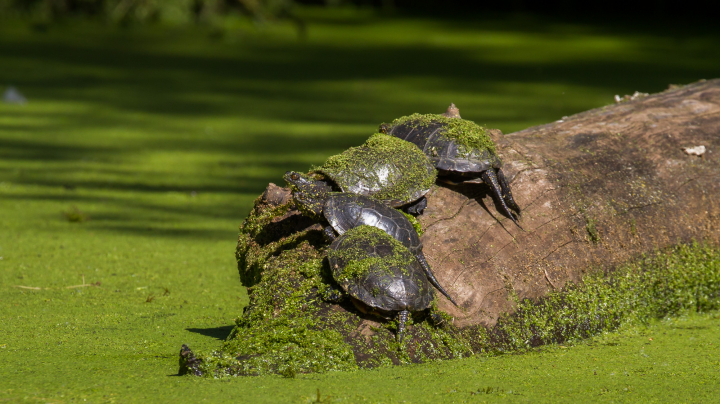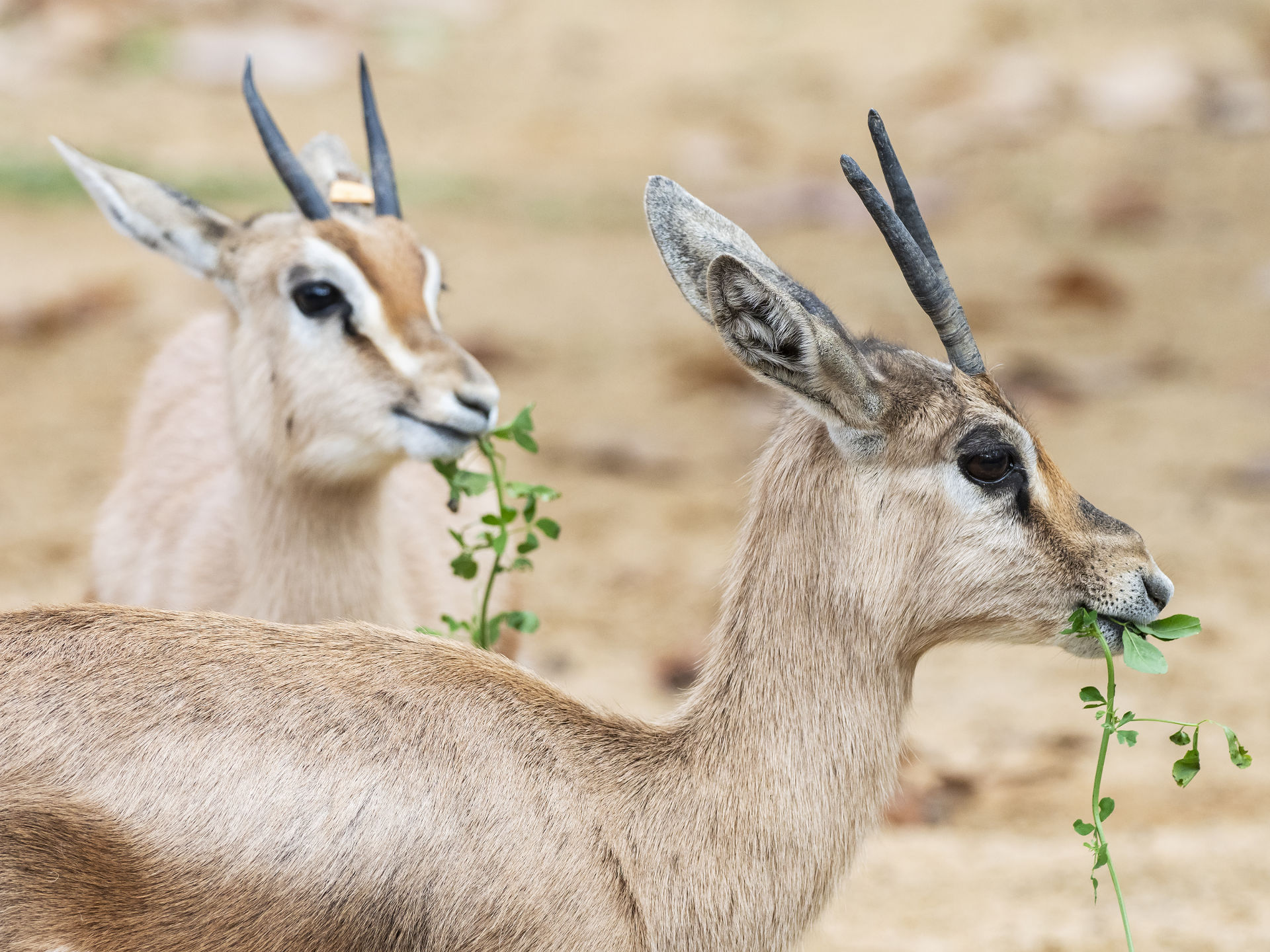
The European pond turtle (Emys orbicularis) is a species in danger of extinction in Catalonia, classified by the IUCN as endangered (EN) in Spain and near threatened (NT) worldwide. Most of the natural populations of this turtle in Catalonia has disappeared, with the largest population remaining in the La Selva area, where there are stable subpopulations in at least 7 locations and the presence of individuals in a few other places, and where tracking has been carried out by the Emys Foundation for 25 years. However, there has never been any comprehensive work to define the characteristics of the turtles’ habitat or recruitment areas, and there are very large areas that have not been prospected and for which there is no information regarding the status of its populations over recent years.
However, various Life projects conducted in the natural areas of Baix Ter, Banyoles lake and currently in the middle of the course of the River Ter have involved reintroduction programmes with the help of the Garriguella Turtle Reproduction Centre. In some cases, new ponds have been created while, in others, existing habitats in good condition have been used, as have those that turtles were unable to reach due to lack of nearby populations. In reintroduction situations, a deep knowledge of the requirements of the species throughout its lifecycle is essential but does not currently exist and needs to be acquired in order to guarantee the viability of this type of project and the long-term survival of the turtle.
The main objectives of the project were as follows:
-
Characterisation of the habitat and study of the environmental factors that govern its presence in natural and reintroduced populations in Northern Catalonia.
-
Characterisation of the demographic parameters of different populations for which there are long series of data and compare these with each other.
-
Study of the environmental and biological factors that regulate the growth of reintroduced populations and comparison with natural populations.
-
Focus these studies on the management of wetlands where it is intended to recover pond turtle populations, by studying data collected as part of follow-up work for Life projects and backed with sampling to define the characteristics of the habitat.
-
Locate recruitment areas and study the requirements of turtles during their first months of life, as well as potential problems that may affect their survival.



